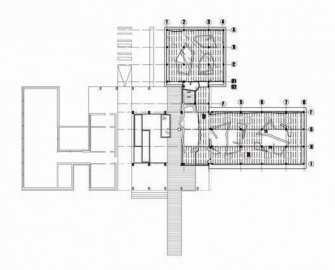Memorial Museum Jasenovac
memorial museum, jasenovac 2005-2007
Nummber of historians, art historians and curators have been involved in the work of collecting data for new permanent exhibition at Memorial camp in Jasenovac since early 2001;
After currating Croatian pavilion at Bienale in Venice, 2004, we ve got an invitation to design the exhibition;
The space was limited - a part of existing building (buildt early 70-ies, design by architect Vovk), size 350 m2;
None of the involved historians won t make a selection of collected data; curator, Leonida Kovac made contemporary concept based on individuals and their lifes before and in the concentration c
Our task was spatial concept based on endless nummbers of data; to create a space character, a space for scare, helplesness, insecurity, danger, fear... a place which is NOT comftable.
As architects, we never thought how to provoke negative feelings or how to awake all senses the decision was the light of darkness (glas panels with writen names, as the ceilling and the only light), black rubber clading for modules - smell, fear;
The luck on space was a reason to organize the space in several units modeled modules for six topics(based on individuals and their life) and the space inbetween a general datascape of Concentration camp in Jasenovac, and the context - Second world war and Croatian context at that time)
short
names... victims... memories....
..the task was more than hard, the existing space seems to small, the amount of data big,... nummber of documents, nummber of pieces.... amount of emotions... bogdan bogdanovic designed a perfect landscape, landscape full of emptiness...
we ve organized a dark labyrinth; we ve modeled six modules inhabited by more than 40 video screens with still alive victims voices; the space inbeetwen is writen datascape from concentration c
the only light in the space is comming from the celling victims names - white translucent lettering printed on glas panels;
the clading of walls and moduls is dark, black rubber it smells;
once you enter the space you feel smell, you hear voices, and you need a time to adapt your eyes on darkness, scared by glas panels hanging just 2.1m above the flor, or just above your head a lightfull names lettering;
the rest of space hight is used for infrastructure, is not hidden
exhibition in progress / process
during design process we ve been invited for an exhibition at the museum of architecture, croatian academy of sciences and arts, in zagreb, croatia, 2006
we ve moved the office to the museum place continiuing on design, but public... inviting everybody to be a part, and a critic
everybody got a blok and a pencil,
sada / now
we ve discused, we ve made some details with constructors, we ve played music, we ve eate together, we ve played...
...my way by sinatra was playing as the background for a short movie on the main square in zagreb as an invitation to our office.museum design process
credits
architects Helena Paver Njiric with Ana Krstulovi?, Marin Kaliterna
exhibition Leonida Kovac, Natasa Matausic
structure Berislav Medi?, UPI-2M
multimedia Dubravko Kuhta, Tesla
photography Damir Fabijanic
site Jasenovac
size / site350 m2
client Croatian Ministry of Culture
project 2005 completed mar 2007
building costs 900.000,00 eur
bibliography
covjek i prostor , process+exhibition sada, 11-12 2006 / hr
Suvremena hrvatska arhitektura - testiranje stvarnosti - M. Mrdulja, V. Mimica i A. Rusan, Arhitekst, 2007 / hr
oris 43, volume IX, number 43, 2007 / hr
Db, deutsche bauzeitschrift 012008/ d
Phaidon Atlas, 2008 / uk
exhibitions
South Eastern Europe, Swiss Architecture Museum / co-production with Architekturzentrum Wien, curated by Kai Vöckler , 4th of october 2008 till 4th of january 2009, basel / ch
Harvard university, sept.2008 / usa
Realizacije 2007, UHA anual exhibition, Bernardo Bernardi design AWARD, 2007 / hr
41. Zagreba?ki salon, architectural trienale, okt-nov 2007. Zagreb, curated by Manuel Gausa / PRIZE / hr
AZW, avangarda i kontinuitet, curated by Adolph Stiller, Vera Grimmer, Tadej Glaar, Maroje Mrdulja, Andrija Rusan, Viena, 6.7.-14.09. 2007. / a

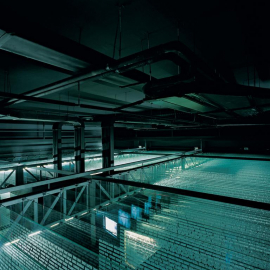
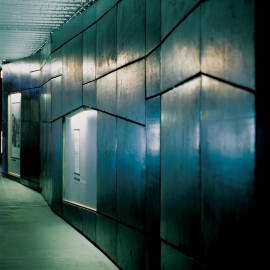
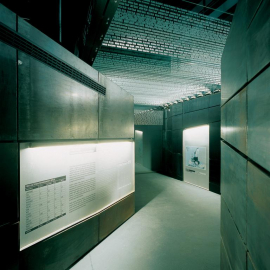
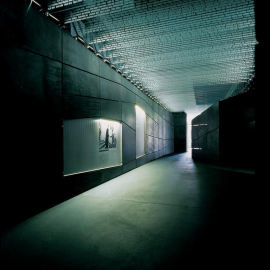
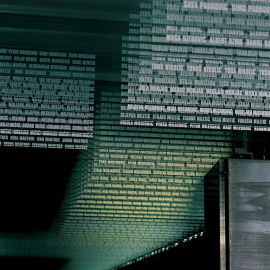
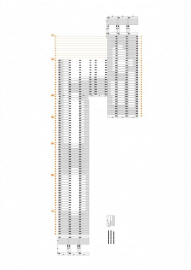
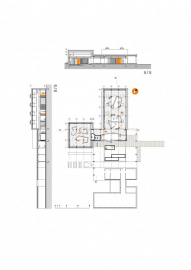
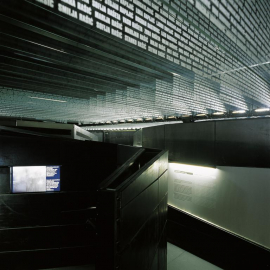
.jpg)


